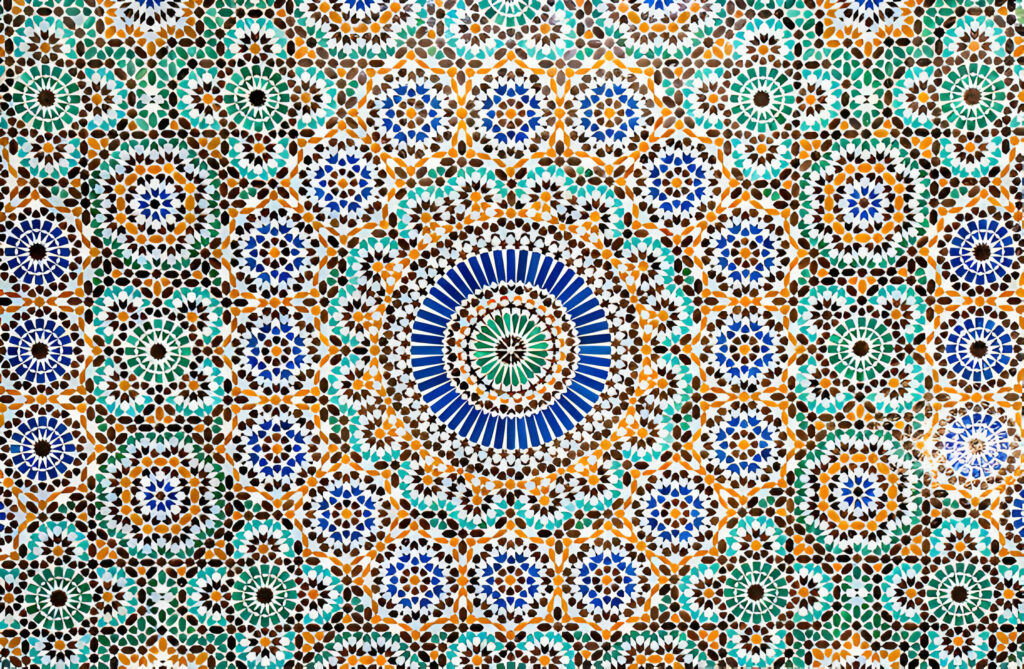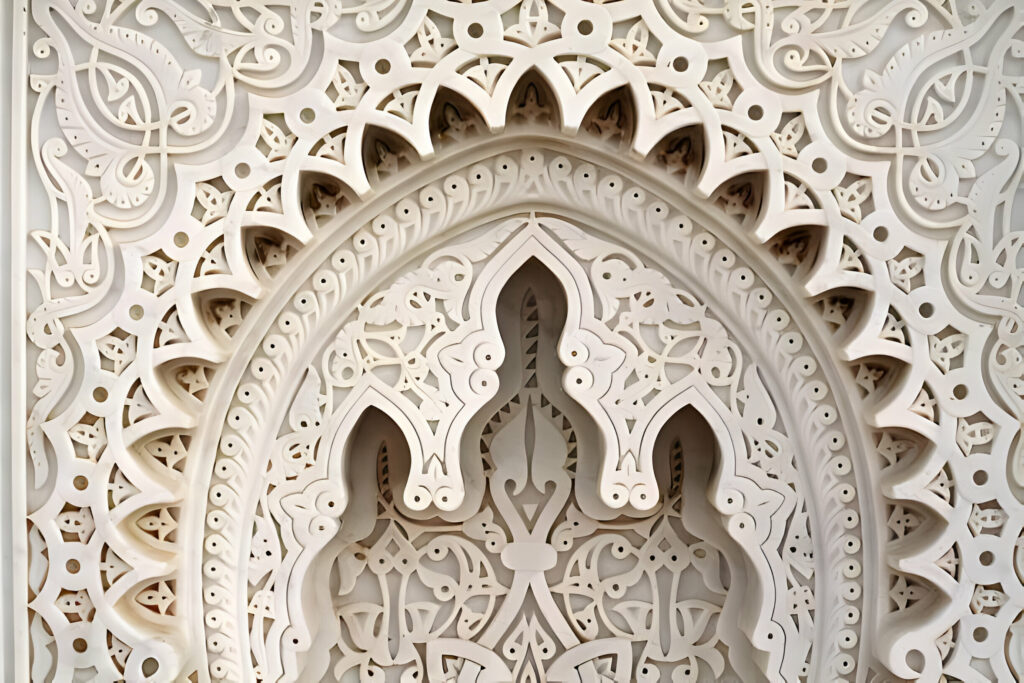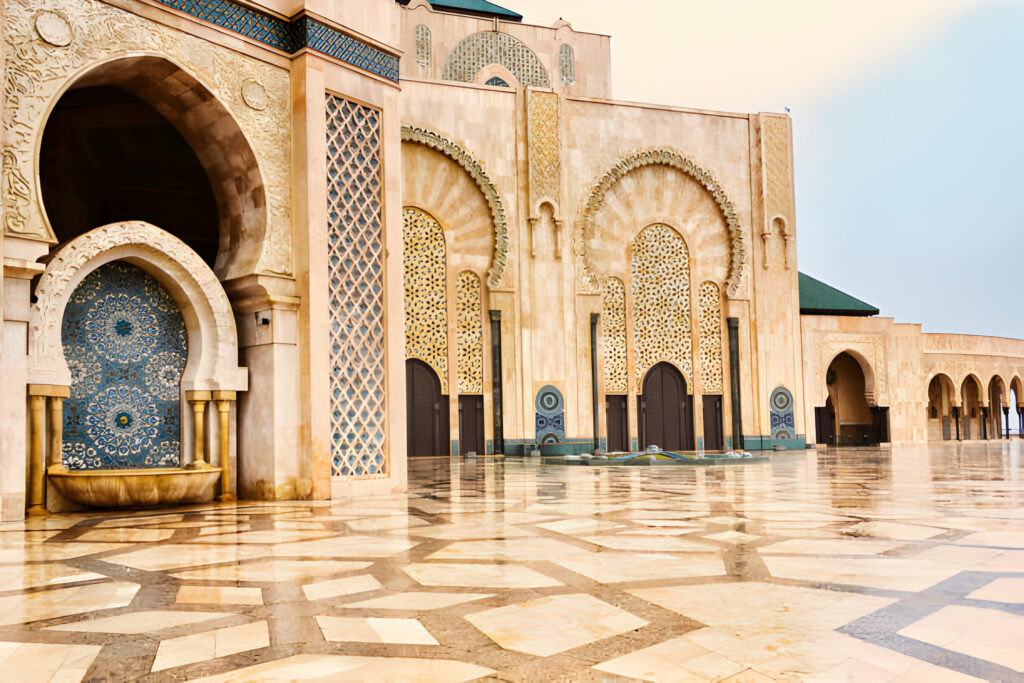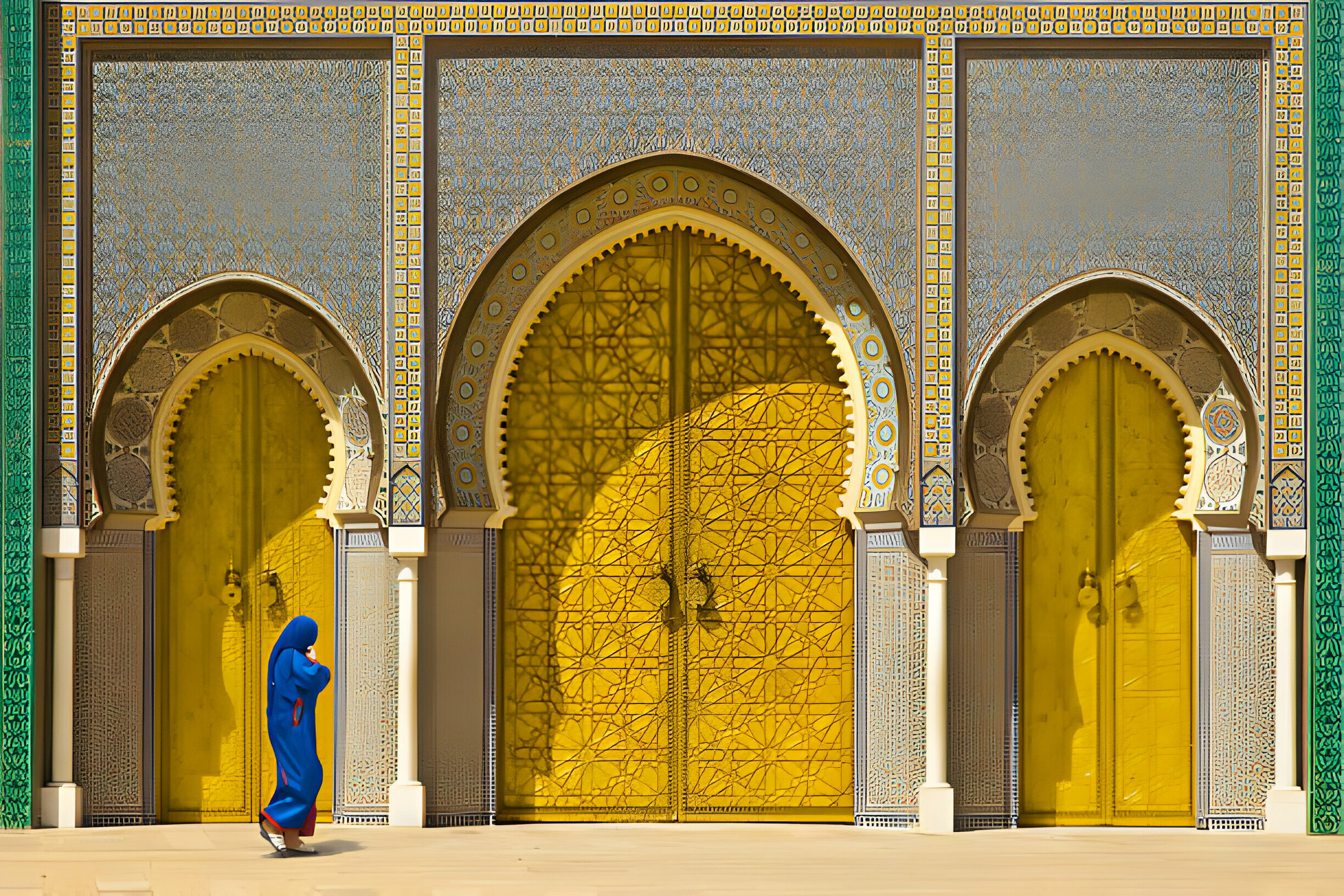Introduction
Morocco, a land steeped in rich history and vibrant culture, boasts a Moroccan design and architecture heritage that has captivated the world for centuries. From the intricate patterns to the ornate structures, Moroccan design showcases a blend of influences that have evolved over time, intertwining tradition with modern elements.
Historical influences on Moroccan design


The roots of Moroccan design delve into the diverse cultural and architectural influences that have shaped its identity. The interplay between Islamic artistry, Moorish elegance, and Berber craftsmanship has laid the foundation for the breathtaking designs prevalent in the country.
Characteristics of traditional Moroccan design
The hallmark of traditional Moroccan design lies in its vibrant color palette, elaborate geometric patterns, and the use of natural materials such as clay, wood, and stone. These elements come together to create an ambiance of warmth and luxury.
Key elements in Moroccan architecture
Moroccan architecture is renowned for its stunning features like intricately designed arches, mesmerizing tiles, and the iconic riads – traditional houses built around inner courtyards. These architectural marvels showcase the skillful craftsmanship and attention to detail prevalent in the region.
Evolution of Moroccan design in contemporary settings

In recent times, Moroccan design has transcended its traditional roots, finding expression in contemporary settings. The fusion of traditional elements with modern aesthetics has led to a myriad of captivating design styles..
Sustainability in Moroccan architecture
Despite the allure of modernization, there is a conscious effort to preserve the authenticity and sustainability inherent in Moroccan design. The utilization of local materials and traditional techniques not only pays homage to the heritage but also contributes to sustainable practices.
Challenges in Preserving Traditional Moroccan Design
However, preservation efforts face challenges in the wake of rapid modernization. Striking a balance between preserving heritage and embracing modernity remains a delicate yet crucial endeavor.
Appreciating the beauty and elegance of Moroccan design
Beyond its visual appeal, Moroccan design embodies a cultural significance that speaks of hospitality, warmth, and artistic expression. Experiencing Moroccan design is not merely about aesthetics but also about embracing a way of life.
Tips for incorporating Moroccan design elements at home
Infuse the spirit of Moroccan design into your home by integrating lively rugs, captivating mosaic tiles, and ornate lanterns. This harmonious blend captures the essence of Morocco’s captivating landscapes, transporting you to a realm of vibrant colors and intricate patterns, creating an enchanting and culturally rich ambiance within your living space.
Celebrating Moroccan festivals and traditions through design
Moroccan festivals and traditions are intricately woven into the fabric of design, acting as a vibrant tapestry that mirrors the cultural opulence and diversity of the nation. By incorporating these elements into design, a profound connection is forged with the lively celebrations and timeless traditions, seamlessly blending aesthetics with the rich cultural heritage of Morocco.
Moroccan design in the hospitality industry
Moroccan design’s pervasive influence reaches deep into the hospitality sector, where hotels and resorts wholeheartedly adopt its opulent and serene elements. From intricate patterns to vibrant colors, these establishments provide guests with an immersive experience, allowing them to bask in the luxurious ambiance inspired by Morocco’s rich artistic and cultural heritage. The fusion of traditional motifs and modern comforts creates a unique and captivating environment for visitors seeking an unforgettable stay.
Showcasing Moroccan design in art and crafts
Moroccan design transcends architecture and interior decor, permeating the realms of art and craftsmanship. Renowned artisans meticulously craft exquisite pieces that encapsulate the rich tapestry of Moroccan heritage. This cultural influence extends beyond physical spaces, manifesting in intricately designed artworks and handcrafted masterpieces, each telling a story of tradition and skilled artistry.
Conclusion: embracing the timeless appeal of Moroccan design
In summary, Moroccan design and architecture serve as a captivating blend of tradition and modern innovation, providing a window into a culture that deeply values aesthetics, sophistication, and environmentally conscious practices. This harmonious fusion not only reflects the rich historical roots but also showcases a forward-looking approach that integrates sustainability seamlessly into the tapestry of Moroccan artistic expression.
FAQs
- Is Moroccan design only suitable for traditional-themed homes? Moroccan design can be adapted to various styles, from traditional to modern and eclectic, making it versatile for different home aesthetics.
- What are the primary colors used in Moroccan design? Rich jewel tones like deep blues, vibrant reds, and earthy oranges are commonly used in Moroccan design to create a lively atmosphere.
- How can one incorporate Moroccan design on a budget? DIY projects like stenciling walls, adding colorful textiles, or using ornate mirrors can introduce Moroccan elements without breaking the bank.
- Are there specific rules for mixing Moroccan design with other styles? While there are no strict rules, balancing patterns and textures is key to successfully blending Moroccan design with other styles.




[…] within the ancient medina of Marrakech lies the Ben Youssef Madrasa, a mesmerizing architectural gem that serves as a testament to […]
[…] at the edge of the Atlantic, the Hassan II Mosque is an architectural marvel that seamlessly blends traditional Moroccan craftsmanship with the marvels of modern engineering. Its minaret, the tallest in the world at 210 meters, is not […]